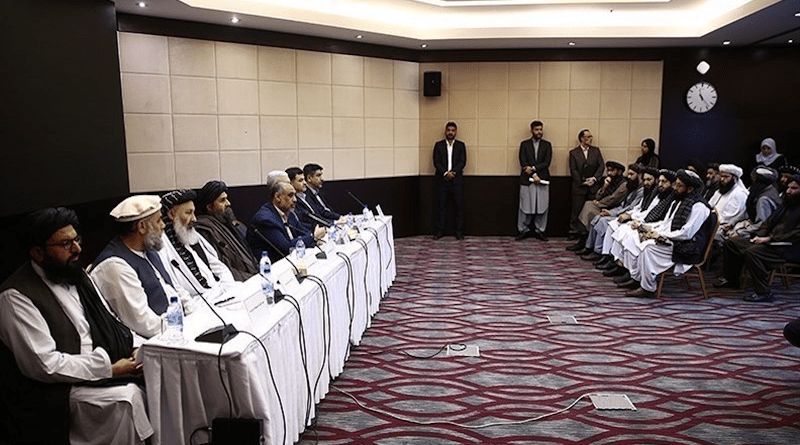The significant influx of Afghan refugees places an undeniable burden on neighboring countries. The economic, social, and political implications of hosting large refugee populations contribute to the strain in relations. Balancing the needs of the refugees with national interests becomes a critical factor, testing the resilience of relations between the Taliban and its neighbors

In the complex geopolitical landscape of South Asia, the Taliban’s relations with neighboring countries, particularly Pakistan and Iran, are subject to historical nuances, evolving dynamics, and the persistent challenge of hosting Afghan refugees. Despite decades of support to the Afghan populace and refugees, both Pakistan and Iran find themselves entangled in a delicate dance with the Taliban. This piece aims to delve deeper into the complexities of these relationships, exploring historical contexts, regional power dynamics, and the overarching quest for autonomy in the Afghan narrative.
Historically, Pakistan played a pivotal role in supporting the Taliban during their rule in the late 20th century. However, the dynamics of this relationship have experienced shifts and strains. The Taliban’s actions conflicting with Pakistan’s interests, the challenge of managing the shared border, and the group’s quest for strategic autonomy have posed significant diplomatic challenges. While historical ties bind the two, the ever-evolving geopolitical landscape demands constant recalibration. Since the Taliban takeover, TTP attacks have starkly surged in Pakistan who have safe havens in Afghanistan.
Iran’s engagement with the Taliban is marked by a nuanced and delicate balancing act. Examining the historical context reveals instances of collaboration, yet the Shiite-Sunni sectarian divide and concerns about the Taliban’s regional influence have strained relations. Iran’s approach reflects a cautious stance, balancing support for certain Afghan factions with the need to safeguard its interests and regional stability. The intricate dance between Iran and the Taliban unfolds against the backdrop of a complex regional chessboard.
At the heart of strained relations lies the Taliban’s relentless pursuit of strategic autonomy for Afghanistan. The group’s endeavor to assert its independence shapes its interactions with neighboring powers. While autonomy is crucial for Afghan sovereignty, the delicate balance required to maintain stable relations with neighbors underscores the multifaceted nature of the Taliban’s diplomatic challenges. Both Pakistan and Iran could be in Afghanistan’s interests if the Taliban had maintained smooth relationship with them.
The significant influx of Afghan refugees places an undeniable burden on neighboring countries. The economic, social, and political implications of hosting large refugee populations contribute to the strain in relations. Balancing the needs of the refugees with national interests becomes a critical factor, testing the resilience of relations between the Taliban and its neighbors.
Evolving geopolitical dynamics and the influence of external players contribute to the complexity of Taliban relations. As regional powers recalibrate their positions, the Taliban must navigate a landscape where alliances are fluid, and external influences shape the course of diplomatic interactions. The interplay of regional and global dynamics further complicates the efforts to establish stable relationships.
While opportunities for improved relations exist, particularly in areas of cooperation and collaboration, diplomatic challenges loom large. Overcoming historical grievances, fostering trust, and addressing shared aspirations are crucial steps. International mediation can play a pivotal role in facilitating dialogue and fostering regional stability. As the Taliban seeks to consolidate power, diplomatic efforts hold the key to shaping the future trajectory of relations with Pakistan and Iran.
In unraveling the complex web of Taliban relations with neighboring powers, one witnesses the intricate dance of historical ties, regional aspirations, and the pursuit of strategic autonomy. As Afghanistan strives for independence, the delicate balance required to navigate these diplomatic labyrinths underscores the challenges inherent in the region’s geopolitical dynamics.
The evolving dynamics between the Taliban, Pakistan, and Iran reflect the complexities that will continue to shape the narrative of South Asian diplomacy.